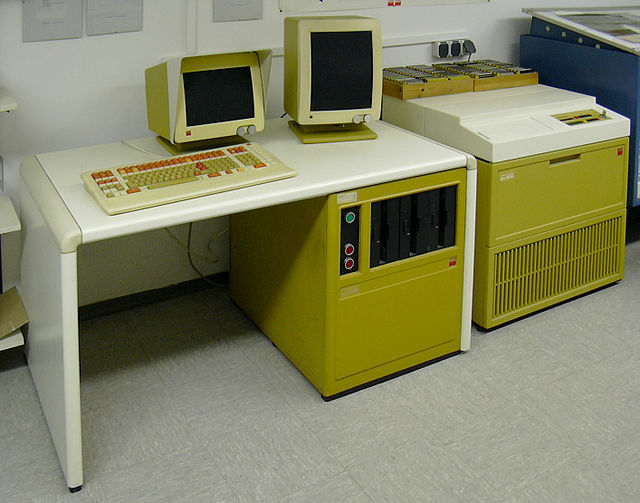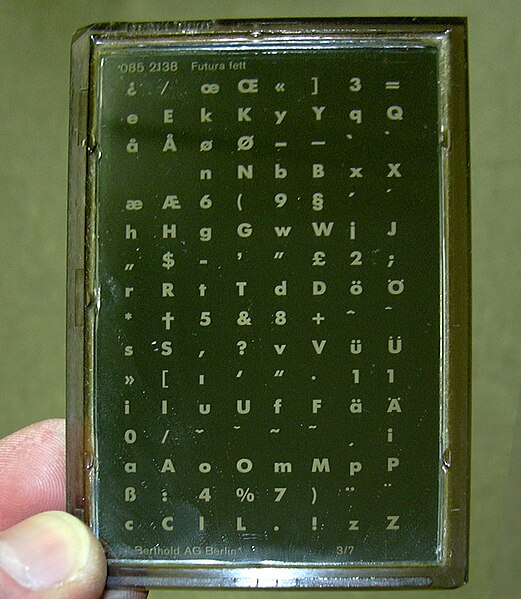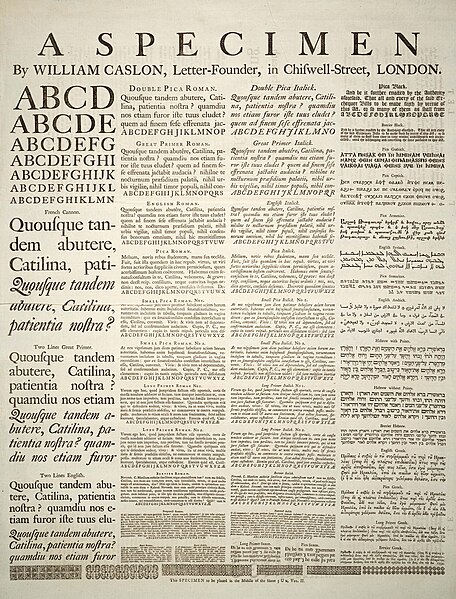Phototypesetting is a method of setting type which uses photography to make columns of type on a scroll of photographic paper.
It has been made obsolete by the popularity of the personal computer and desktop publishing which gave rise to digital typesetting.
An Intertype Fotosetter, one of the most popular "first-generation" mass-market phototypesetting machines. The system is heavily based on hot metal typesetting technology, with the metal casting machinery replaced with photographic film, a light system and glass pictures of characters.
100 photosetting units tps 6300 and tpu 6308
Linotype CRTronic 360
A Berthold Diatronic master plate, showing Futura
Typesetting is the composition of text for publication, display, or distribution by means of arranging physical type in mechanical systems or glyphs in digital systems representing characters. Stored types are retrieved and ordered according to a language's orthography for visual display. Typesetting requires one or more fonts.
One significant effect of typesetting was that authorship of works could be spotted more easily, making it difficult for copiers who have not gained permission.
Movable type on a composing stick on a type case
A specimen sheet issued by William Caslon, letter founder, from the 1728 edition of Cyclopaedia
Linotype CRTronic 360 photosetter, a direct entry machine
Mural mosaic "Typesetter" at John A. Prior Health Sciences Library in Ohio







